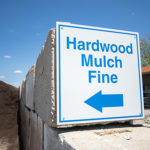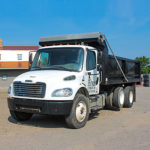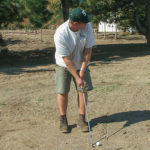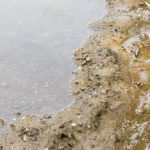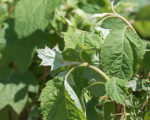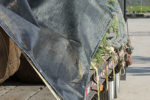We all know that finding and keeping good employees can be challenging. Jobs are easy to find right now and anyone that wants to work most likely already is working. I wish that I had a magic solution for you; but I don’t.
Recruiters, trade magazines, internet services, craigslist and word of mouth seem to be the standard methods of reaching out to find new employees. The people I have spoken with, that have the most success staffing their business, are using all of these methods; consistently and constantly.
“But isn’t it expensive hiring through a head hunter?” I’ve asked them. The answer is; what is the best use of your time? And how much is that worth? Good recruiters provide services to the process that streamline it for you: searching, qualifying, background checks, and others that all add value. I don’t believe this is always the best way to go, but for a certain level of employee that needs a specific skill set, it can be a great option.
Running "help wanted" ads in magazines, on internet job sites, and craigslist can generate activity, but not always produce results. Candidates call and schedule interviews but never show up. You wish the candidates that do show up hadn’t. The candidate that you do hire is not what you expected at all, and not in a good way. This is where patience comes in; you will need to sift through many candidates, but eventually the right person will come along.
Much easier than all of that is retaining your good employees.
Yes, I said easier. I have heard the stories of key people leaving suddenly, even whole crews leaving at one time. I know that other companies are offering more for your people to come work for them. It’s almost the end of the season and layoffs are coming; how do you know your people will come back in the spring?
I have found that retaining good people comes down to a few important factors; treat them fairly and honestly, allow them to earn a living wage, and offer opportunity for advancement. Not one of these is any more important than the other.
Honesty and fairness allows a person to feel good about who they work for and where they work. No one wants to feel poorly about the way they or others are treated, or the way that their employer conducts business. People in these types of situations usually dread going to work each day and eventually will seek out change.
The ability to earn a living wage is not all about money. Employees need to be able to meet the basic needs of themselves and their families. Expecting them to stay at a job that doesn’t support them is foolish. I have been surprised to hear from a contractor “My crew left me for less than $1/hour; I would have paid them that!” Well... why weren’t you? If your people are worth more to you than you are paying them, you should increase their pay or risk losing them, because they will be worth more to someone else that is willing to pay them.
The opportunity for advancement does not necessarily mean a promotion. In any growing business, there is expansion and new opportunities within to learn and grow; even at a personal level. Staying at a job that offers nothing but doing the same thing with no opportunity to grow and achieve more is not very attractive to most people. Keeping your business growing and challenging your employees to keep up and grow with it will keep them engaged and excited to work.
It’s difficult to find good people and demanding to hold on to the people you have; the labor market is tight and it doesn’t look like it will get better any time soon. It’s a challenge we all face and is compounded by how busy we all are these days. So, if you know any good people looking for a job, please send them my way! No, really, we’re hiring; good pay, benefits, and great people!






